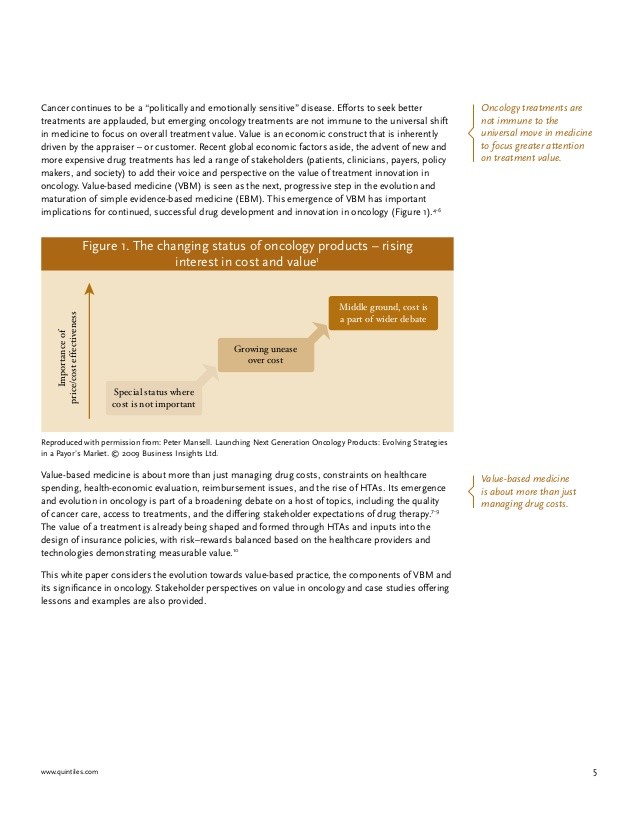The Quest To Build A Unified Managed Account
Post on: 27 Январь, 2017 No Comment

In the managed money business, the unified managed account (UMA) is the next logical step in the evolution of the separate account. It is an integrated money management vehicle providing comprehensive investment management in a single account. This one account addresses all of an investor’s financial planning needs. Unfortunately, right now, a true UMA does not exist.
The utopian vision of a true UMA is a single account, with a single registration (one set of paperwork), that can encompass every investment vehicle in an investor’s portfolio, including stocks. bonds. mutual funds. separate accounts. exchange-traded funds (ETFs), hedge funds and more. This account offers both pre-selected asset allocation models and client-specific customized allocations. Every holding plays a role in the asset allocation, and since the account incorporates all of the investor’s assets, less tax-efficient investments such as small-cap stocks can logically be held in tax-deferred accounts such as IRAs and 401(k)s. Tax-loss harvesting can be coordinated across the remainder of the holdings to keep tax liabilities at a minimum. Systematic rebalancing maintains the preferred asset allocation, and the financial advisor’s fee-based compensation is product neutral, regardless of what is held in the account. (For an overview of how asset allocation works, see Achieving Optimal Asset Allocation .)
Why the Quest for a UMA?
Today, advisors provide all of the services and investments that a UMA will offer — they just don’t provide them in a single account. So, why pursue the creation of a UMA? Convenience is one of the biggest factors. A UMA offers ease of administration for the investor and the advisor. Each client will require one set of paperwork, and all holdings will be summed up in a single performance report. Portfolio management decisions will be easy to coordinate, and the account’s asset allocation will be easily identified and monitored.
Customization is another major factor. The ideal UMA structure provides the ability to incorporate all of a client’s assets into a customized asset allocation to create a diversified, tax-efficient account that offers systematic rebalancing. It also allows the advisor to capture every cent of an investor’s assets. This, of course, leads to the final evolution of the separately managed account: a single account that captures all of the assets in an entire household.
State of the Industry
Currently, the term UMA is used to describe a variety of account structures that incorporate a limited number of investments. For example, much of what is now being called a UMA may incorporate separate accounts, ETFs and mutual funds, but not individual securities, or these accounts may offer pre-selected asset allocation models, but little or no customization capability. The majority of the so-called UMAs out there fall into the latter category. Think of them as multi-discipline accounts that incorporate mutual funds and a few other investment vehicles into one account. (To learn more, see Introduction To Multi-Discipline Accounts .) This is a good start, but it’s a far cry from the coordinated management of every investment in an investor’s portfolio. None of these offerings are truly comprehensive, open-architecture, tax-efficient, cost-neutral investments.
High minimum investment requirements also make the current so-called UMAs unattainable for many investors. Investment companies that do offer these accounts offer them only to investors willing to invest a large sum of money (as much as $250,000 to $500,000 as a minimum). This does not allow the average investor to access the benefits of these accounts. However, like many other higher end investment products — such as separately managed accounts, which spawned multi-discipline accounts — if UMAs become more and more popular, we can expect that either a hybrid product will be created or the minimum investment requirement will decrease.

Before the industry can offer a true UMA, there are a number of hurdles to overcome. From a regulatory standpoint, the Securities and Exchange Commission is still grappling with the concept of fee-based investments. One regulatory ruling suggests that fee-based investments are good because they align the interests of investors and advisors, while another claims that some fee-based investments overcharge investors because the investors would pay less in a commission-based account. Such schizophrenic regulation makes it difficult for financial services firms to build investment vehicles that incorporate multiple products.
Technology presents a challenge too. Combining multiple investments and coordinating trades across all of them may create an operational nightmare. Add performance reporting into the mix and you have a truly monumental hurdle to overcome.
Finally, the industry needs to get past the marketing hype. With multiple investment providers offering investments that they refer to as UMAs, the term is being used indiscriminately. In truth, most of these accounts on the market today are merely hybrid versions of the multi-discipline account. These products may be a natural step in product evolution, but they are not UMAs. While none of the major financial services firms wants to be left sitting on the sidelines if the UMA takes off, simply calling something a UMA does not make it so. Managed money is already a complicated market niche, but without agreement on what constitutes the product, marketing the UMA may be the biggest challenge of all.
Conclusion
It may seem like the UMA is a product whose time may never come, but you need to keep in mind that this is a product in its infancy. Like separate accounts, mutual funds, ETFs, and every other investment product ever developed, if there’s a ready market for the value this tool can provide, the financial services industry will work tirelessly to develop it and bring it to market. While the industry isn’t quite there yet, the baby has started to crawl, and it won’t be long before it’s walking.














